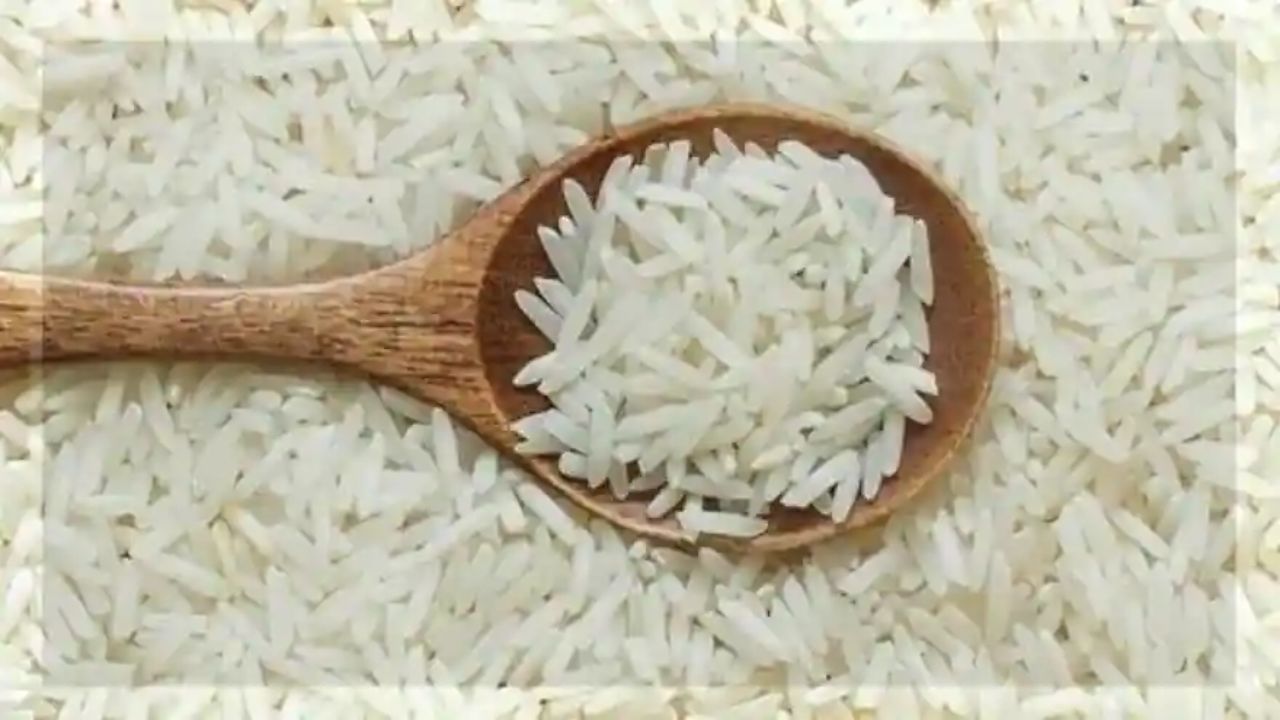10 Lesser-Known Rice Varieties In India: India has a long history of agriculture and a wide variety of cuisines. Many people in India rely on rice as a staple diet, and there are many different varieties available, each with its own distinct flavour, texture, and nutritional profile. Notable examples of rice include Basmati and Sona Masoori, but there are many other forms of rice that are equally fascinating but less well-known.
10 Lesser-Known Rice Varieties In India
1. Manipur’s Chak-Hao district
This unusual black rice, called as Chak-hao in Manipur, is grown primarily in the states of India’s far northeast. The anthocyanins that give this rice its distinctive purple-black hue also give it a high antioxidant content. Desserts like kheer and puddings benefit from Chak-Hao’s nutty flavour and slightly sticky texture. It is a popular type of rice due to its excellent nutritional content and distinctive flavour.
2. Navara, Kerala
Traditional Navara rice from Kerala is a red rice species revered for its health benefits. It has been linked to improvements in digestion, immunity, and skin quality, among other things. Navara rice is a staple in many classic Kerala meals and is also utilised in Ayurvedic medicine. It’s a great addition to a healthy diet because to its one-of-a-kind flavour and several health advantages.
3. Ambemohar, Maharashtra
One of Maharashtra’s short-grain rice varieties, Ambemohar, has a pleasant fragrance resembling that of mango flowers. Traditional Maharashtrian fare like masale bhaat and khichdi frequently feature this rice due to its delicious flavour. Its mild flavour and pleasant scent make it a common choice for celebratory dinners and events.
4. Uttar Pradesh’s Kalanamak
The Uttar Pradeshi rice variety Kalanamak has a distinctive black husk and a robust, earthy flavour. This rice is a traditional staple in the area, and its cultivation dates back generations. There are claims that the health benefits of Kalanamak rice, which is high in micronutrients, are numerous. Because of its unique flavour and historical significance, it is an excellent addition to the variety of rice dishes available in India.
5. Bao Dhan, Assam
Bao Dhan, also known as Red Rice, is a speciality rice grown in Assam that has a distinctive reddish-brown husk and a nutty flavour. This rice is a great alternative to white rice due to its high levels of antioxidants, fibre, and vital nutrients. Red rice’s nutritional benefits and distinctive flavour are helping to increase its appeal, and it is now commonly used in traditional Assamese recipes like pitha.
6. Jeerakasala, Kerala
Jeerakasala rice is a short-grain rice type native to Kerala that has a distinctive flavour and scent that is sometimes compared to that of cumin seeds. This rice is commonly used in the Malabar region to make biryanis and other aromatic rice dishes. Its special flavour and tender texture make it a popular choice for special occasions.
5 Fruits for Joint Pain Relief and Inflammation Reduction: Nature’s Remedy (newsd.in)
7. Gobindobhog, W. Bengal
Gobindobhog, an aromatic short-grain rice variety native to West Bengal, is a local favourite. Common uses for this rice include the Bengali staples khichuri and payesh. Its mild flavour and pleasant scent make it a common choice for celebratory dinners and events.
8. Patna Rice, Bihar
Bihar’s Patna rice is a long-grain cultivar with thin, tender grains and a subtle flavour. This rice is highly prized for its fluffy, non-sticky texture, making it a common ingredient in pulao and biryani. Because of its mild flavour and adaptability, it is frequently used in a wide variety of rice dishes.
9. Kullakar, a city in Tamil Nadu
Kullakar rice is an old red rice type from Tamil Nadu that has gained popularity due to its exceptional nutritional quality and distinct flavour. This rice is a great alternative to white rice due to its high levels of antioxidants, fibre, and vital nutrients. Kullakar rice, known for its health advantages and distinct flavour, is a staple ingredient in many classic Tamil cuisines.
10. Kamini Bhog, Orissa
Kamini Bhog, an Odisha rice type with short grains and a distinct scent, is a popular choice. This rice is highly prized for its fluffy consistency and pleasant flavour, and it is frequently used in the making of traditional Odia meals like khichdi. Its distinctive flavour and perfume have made it a popular option for festive meals and gatherings.
The variety of rice grown in India is astounding, and each type of rice has its own distinct flavour, texture, and nutritional benefits. By learning about and eating these less prevalent types of rice, we can better understand and appreciate the cultural significance of rice in India. Therefore, the next time you make a dish that calls for rice, think about using one of these less common but equally tasty rice kinds.


















